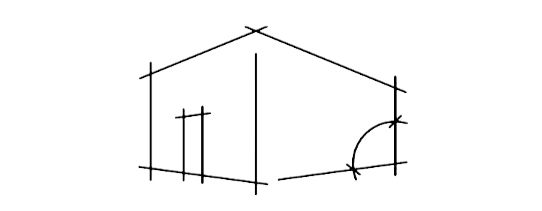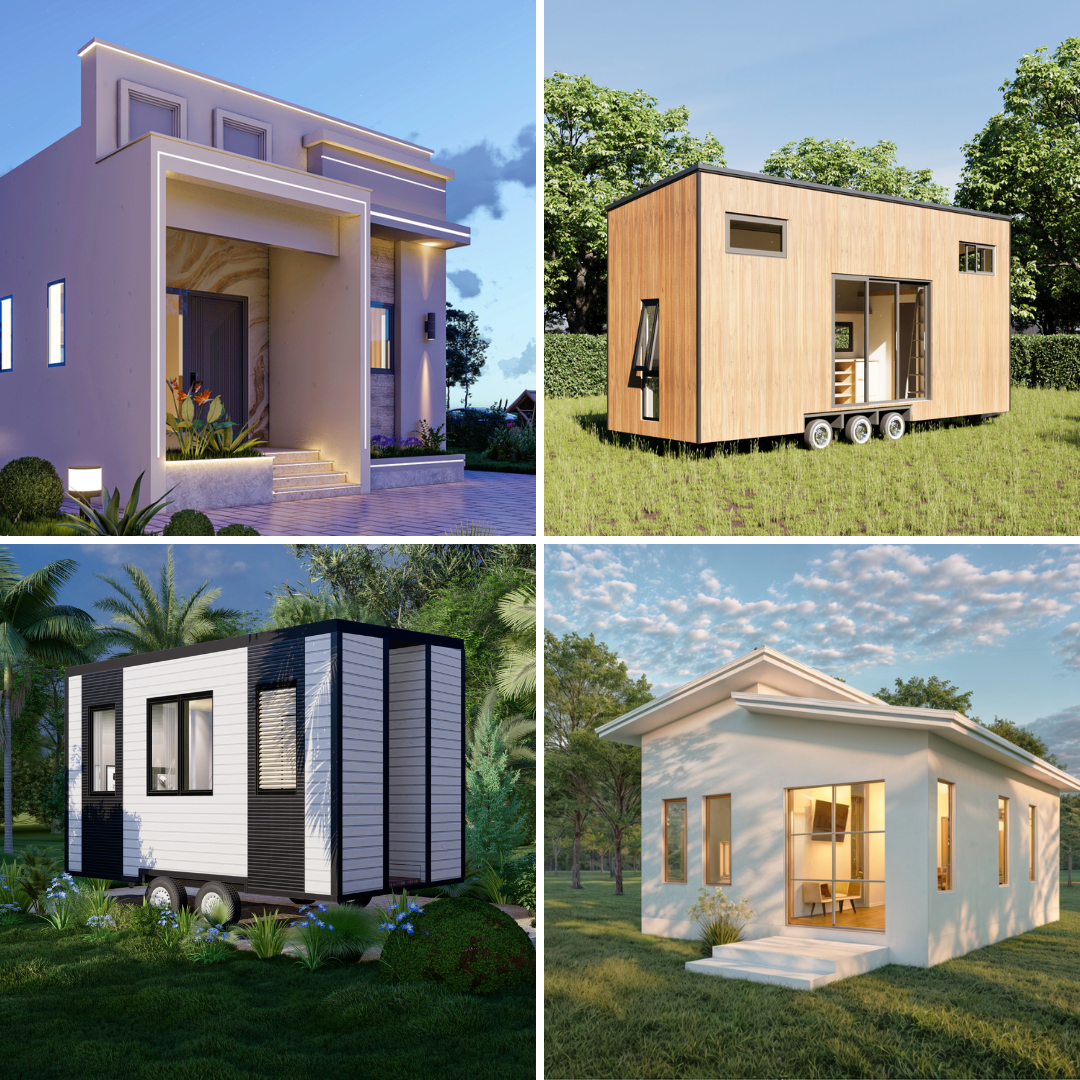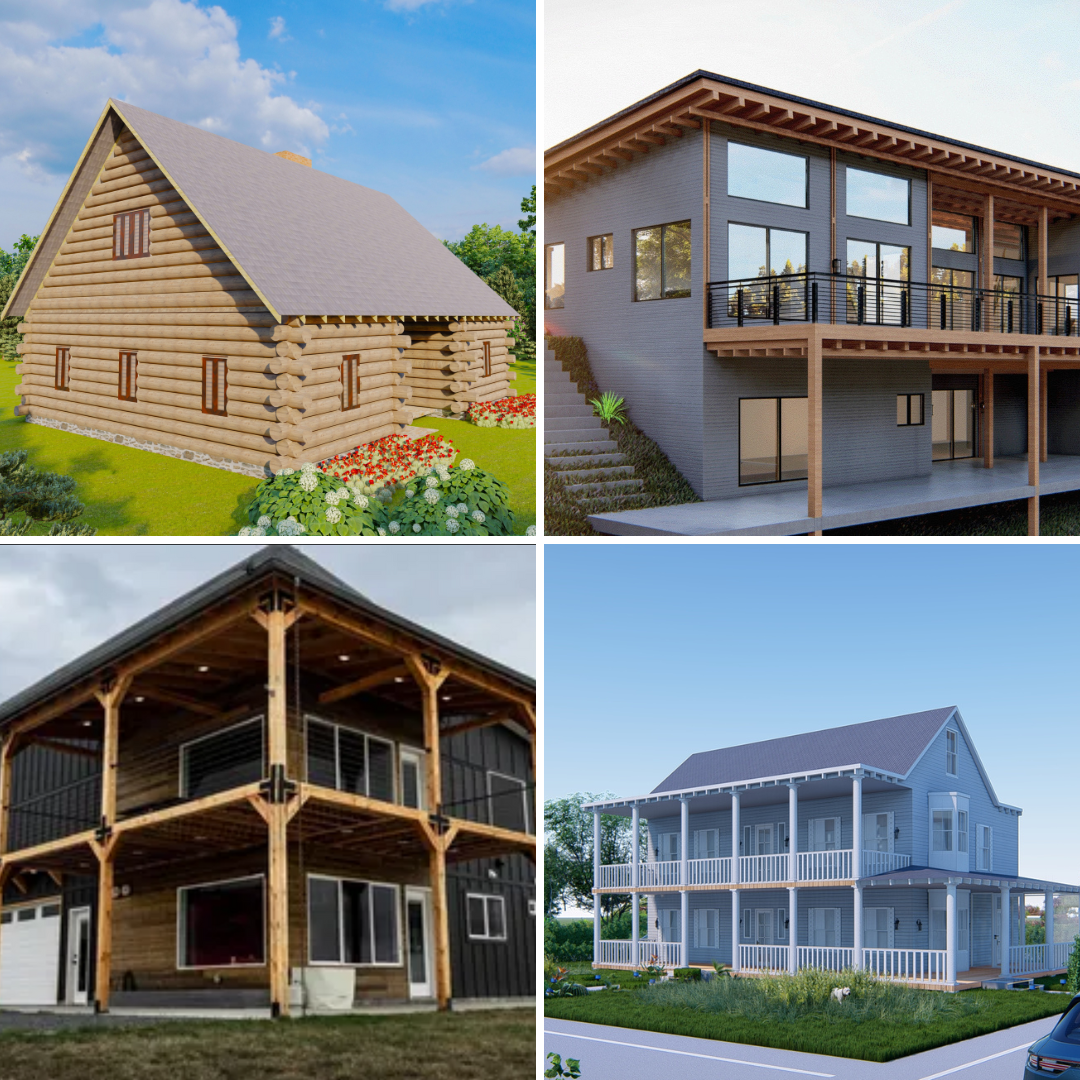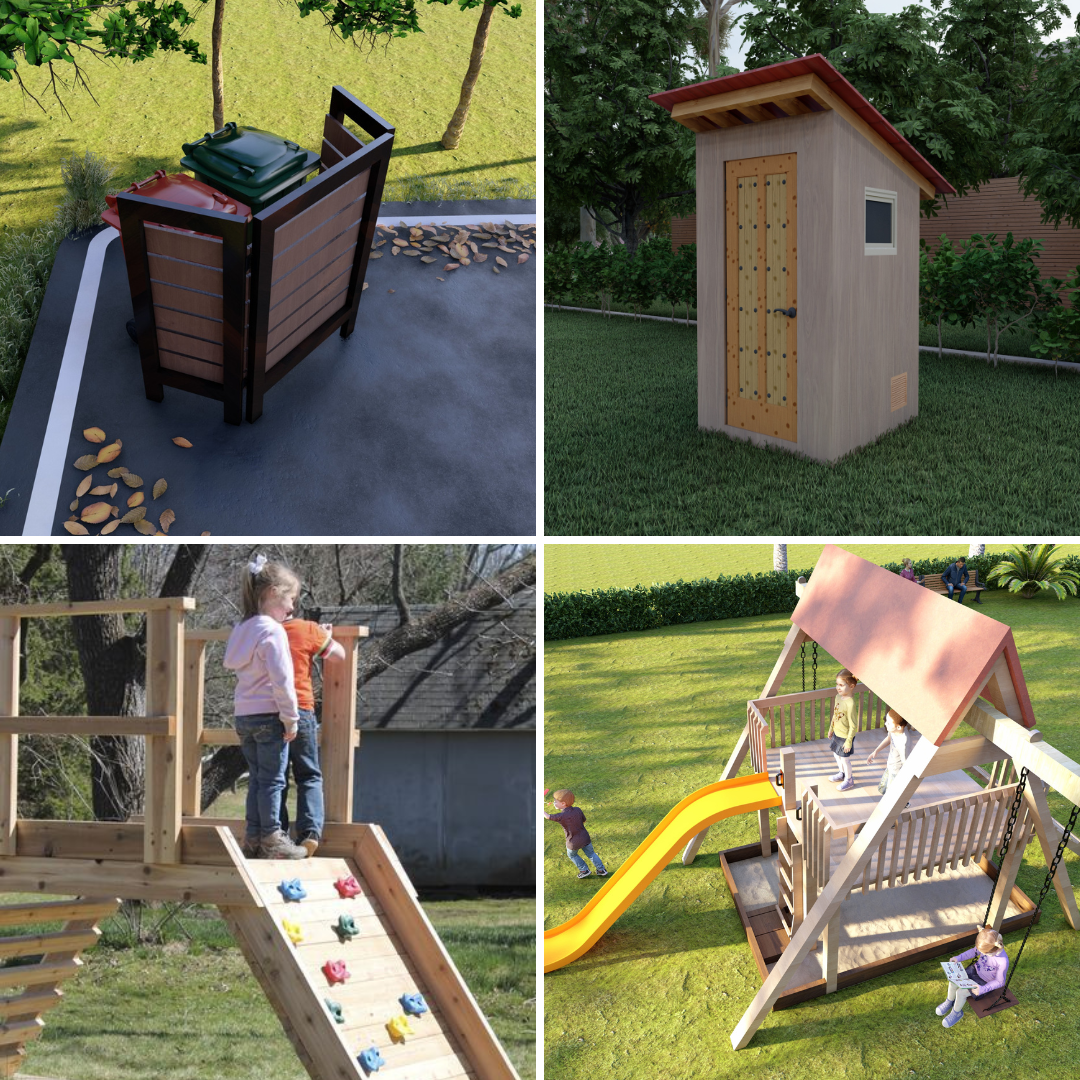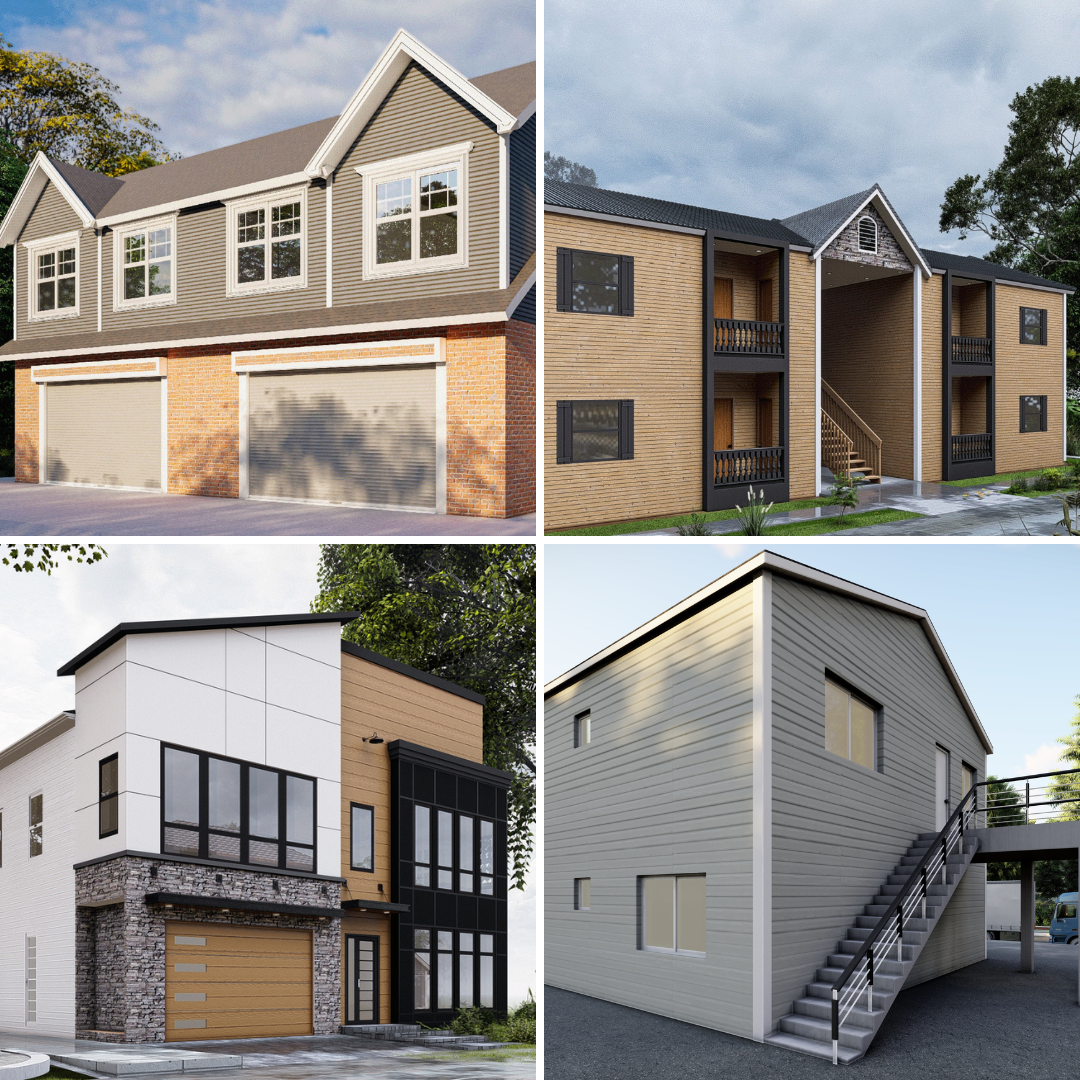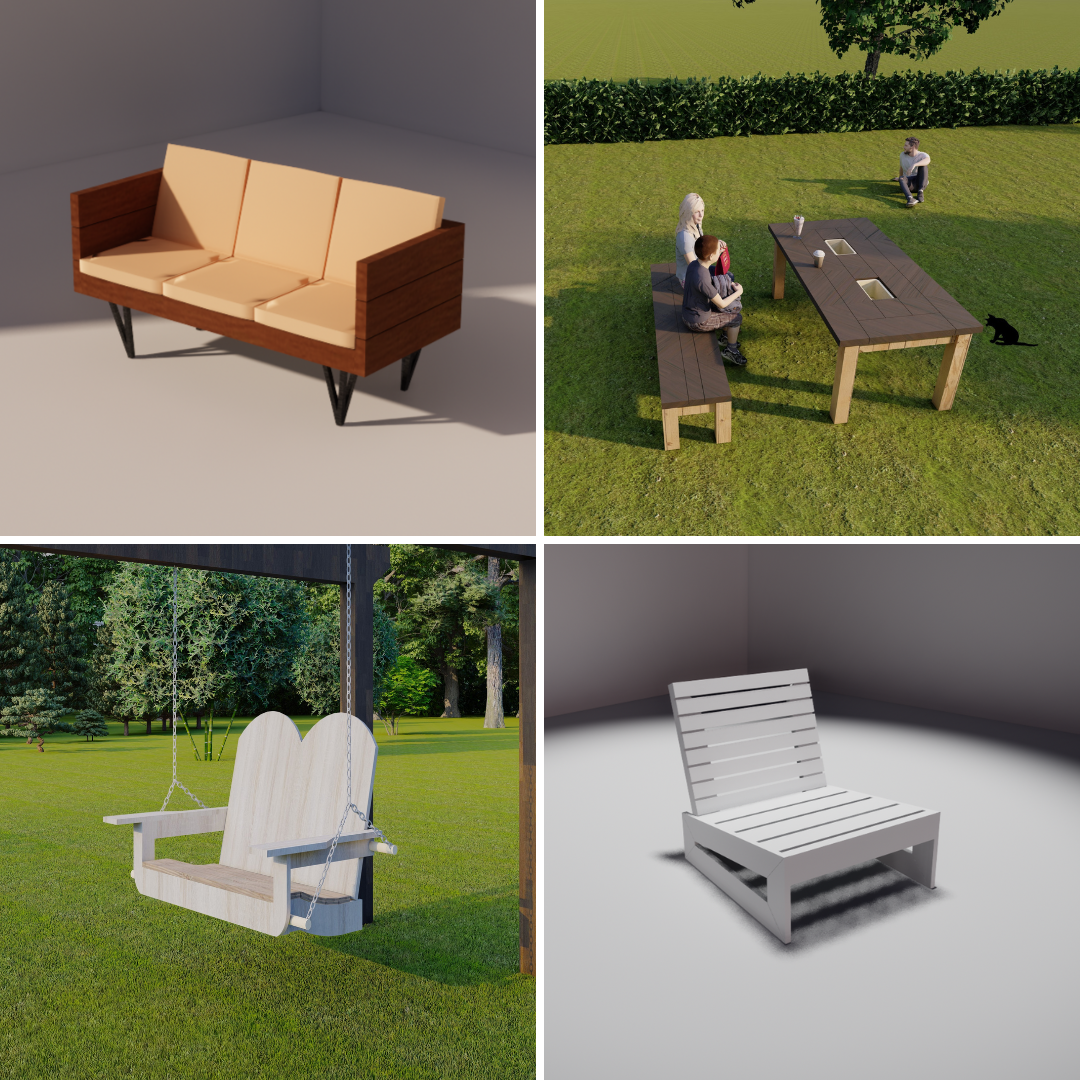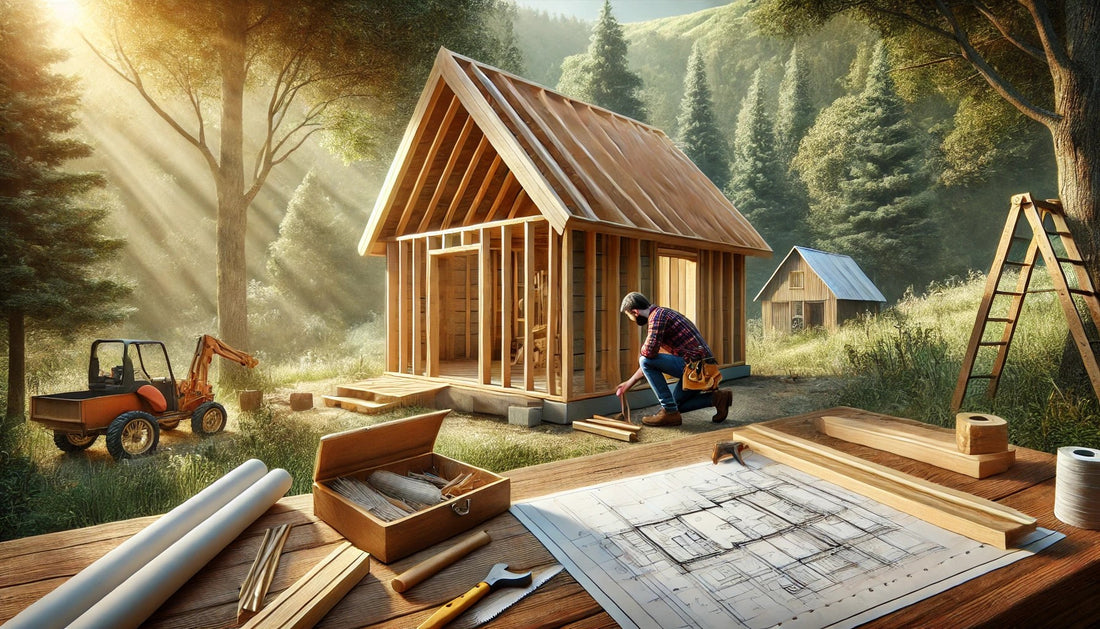
How Much Does It Cost to Design and Build Your Own Home?
Share
Building your own home is a dream for many. The allure of creating a space tailored perfectly to your needs and tastes is undeniable. However, the journey from envisioning your dream home to actually living in it is a complex one, filled with decisions and costs that can feel overwhelming. Whether you’re considering a modest cabin retreat or a sprawling family residence, understanding the financial aspects is key to making informed decisions. If you're looking for inspiration or practical guidance, House & Cabin Plans is a great starting point to explore designs that suit your vision.
One of the most common questions people have is, "How much does it really cost to design and build a house?" This is not an easy question to answer, as the cost depends on factors like size, materials, labor, and location. To get a clearer picture, check out this comprehensive guide on How Much Does It Cost to Build a House?, which breaks down the major expenses involved in the building process.
1. What Are the Key Costs Involved in Designing a Home?
Designing a home involves more than just architectural plans. Here are the primary expenses to consider:
-
Architectural and Design Fees: These can range from $2,000 for basic plans to upwards of $50,000 for custom designs. Hiring a professional ensures that your design complies with local building codes and fits your lifestyle. Architects often provide detailed drawings and specifications that help streamline the construction process and reduce costly errors.
-
Engineering Costs: Structural engineers may be necessary for ensuring the safety of your design, especially if you're building on a slope or in an area prone to earthquakes or hurricanes. They can also help optimize material use, potentially saving money on construction.
-
Permits and Approvals: Local governments often require permits for construction, which can cost between $500 and $5,000, depending on your location. These permits ensure your home meets safety and zoning regulations, and failing to obtain them can result in fines or delays.
-
Interior Design and Finishing Touches: Planning your interior spaces and finishes adds an additional layer of cost, often accounting for 5-15% of your total budget. This includes selecting flooring, cabinetry, fixtures, and paint colors that bring your vision to life.
Many people save money by choosing pre-designed plans, which can significantly reduce architectural fees. This approach is ideal if you find a design that closely matches your needs and minimizes the need for customizations.
2. How Do Materials and Labor Impact the Total Cost?
The choice of materials and labor greatly influences your overall expenses. Let’s dive deeper into these two aspects:
-
Materials:
-
Foundation: The cost of laying a foundation ranges from $4,000 to $25,000, depending on the type (e.g., slab, crawlspace, or basement). A strong foundation is critical for the stability and longevity of your home.
-
Framing: Wood framing typically costs between $15,000 and $50,000 for an average-sized home. Steel or concrete framing may be more expensive but can offer greater durability and resistance to elements.
-
Roofing and Exterior Finishes: A good roof can cost $5,000 to $20,000, while siding or brickwork might add $10,000 to $30,000. Choosing durable, low-maintenance materials can reduce long-term repair costs.
-
Energy-Efficient Upgrades: Solar panels, energy-efficient windows, and insulation can increase upfront costs but save you money long-term. These features are often eligible for tax incentives or rebates, further reducing their net cost.
-
-
Labor:
-
Contractors and Subcontractors: General contractors typically charge 10-20% of the total construction cost for their services. Subcontractors, such as plumbers, electricians, and HVAC specialists, add additional costs. Hiring experienced professionals can ensure quality work and compliance with building codes.
-
DIY vs. Hiring Professionals: Taking on some tasks yourself, such as painting or landscaping, can save thousands, but it’s crucial to weigh the time and effort required. Mistakes in DIY projects can lead to higher costs down the line.
-
It’s essential to strike a balance between quality and cost when selecting materials and labor. Investing in reliable materials and skilled workers can prevent future issues and add value to your home.
3. How Can Location Influence Your Budget?
Your geographic location plays a significant role in determining the cost of building your home. Here’s how:
-
Land Prices: The cost of land varies widely, from under $1,000 per acre in rural areas to millions in prime urban locations. Make sure to factor in land clearing and preparation costs, which can range from $1,500 to $5,000. Additionally, land in areas with high demand often comes with stricter zoning laws and higher taxes.
-
Regional Labor Rates: Wages for construction workers differ by region, with urban areas typically commanding higher rates. This is due to the cost of living and demand for skilled labor in these areas. Conversely, rural locations might offer lower rates but could involve longer project timelines due to fewer available workers.
-
Material Availability: Building materials might be more expensive in remote areas due to transportation costs. For example, if you’re building in a rural location, the delivery of concrete, lumber, or specialized equipment can add significant expenses.
-
Climate Considerations: Designing for harsh winters, hurricanes, or earthquakes can add to your costs. For instance, reinforced foundations or wind-resistant roofing materials are often necessary in certain climates. In colder regions, additional insulation and heating systems are crucial, while homes in hot areas may require advanced cooling systems.
Selecting the right location for your home involves more than just cost considerations—it’s about finding a place that suits your lifestyle, accessibility needs, and long-term goals. Research local building regulations and community amenities to ensure your chosen location aligns with your vision.
Additional Tips for Cost Management
To ensure your project stays within budget, consider these additional tips:
-
Set a Realistic Budget: Include a contingency fund of at least 10-15% for unexpected expenses. This can cover unforeseen issues like material price increases or weather-related delays.
-
Prioritize Your Must-Haves: Focus on features that add the most value or functionality to your home. For example, energy-efficient upgrades or an open floor plan might offer more long-term benefits than luxury finishes.
-
Shop Around: Compare quotes from multiple contractors and suppliers to find competitive prices. Don’t hesitate to negotiate for discounts or better terms.
-
Opt for Phased Construction: If your budget is tight, consider building your home in phases. This allows you to spread costs over time and invest in higher-quality materials or finishes as funds become available.
-
Leverage Technology: Use construction management apps or software to track expenses, manage timelines, and communicate with your team. Staying organized can prevent costly delays or errors.
Conclusion
Designing and building your own home is a significant investment, but with careful planning and budgeting, it’s an achievable goal. By understanding the costs involved—from design and materials to labor and location—you can make informed decisions that align with your vision and financial capacity. Whether you’re looking for inspiration or detailed plans, starting with resources like House & Cabin Plans can set you on the right path.
Taking the time to research, plan, and prepare ensures that your dream home becomes a reality without breaking the bank. With the right approach, you can create a space that not only meets your needs but also reflects your personality and style, all while staying within your budget.
